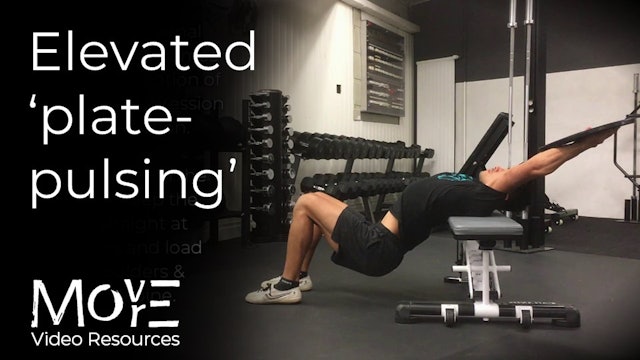Handstand alignment drills
Before taking to inversion, we first need to begin developing an embodied understanding of the form which we will ultimately practice bringing to balance. Handstand alignment drills are therefore not only integral to the beginner's practice (and should be heavily invested in), but will also serve you every step of the way in developing and refining your straight, two-arm balancing handstand and beyond.
As none of the drills in this collection involve being inverted, much of this work can be seen as "accessory" to other contexts from collections such as 'Supported-alignment' and 'Supported-balance', which would constitute the 'main-body' of your handstand practice. The drills you choose from this collection, then, would generally be performed BEFORE the 'main-body', in your preparation/warm-up.
LEARN MORE (subscriber-only):
https://drive.google.com/file/d/1viwougAAvrpBBN3MeiG_rb5XicJyQVIW/view?usp=drive_link
-
IN FOCUS: Handstand alignment, thoracic-up (or... down)
THE WHAT:
'In Focus' is a series of supporting resources in which we dig deeper into either specific movement contexts, bodies of patterns, or subject areas which can benefit from deeper evaluation & discussion for the ongoing practice. It is advisable to keep a pen & paper at hand so that you ca... -
Hand positioning & grip in HS
THE WHAT:
This fundamental resource details how to set up the hands (i.e. distance & positioning) for the 2-arm handstand (all contexts, from wall-support to supported-balance & balance), as well as basic insights into how the hands are used to re-/correct in balance-development contexts.______...
-
Handstand floor-line
NOTES ON ALIGNMENT & RIGIDITY:
ALIGNMENT: the first stage of developing an understanding of the straight-line handstand. The 'fundamental 'floor-line' is both a controlled scenario in to practice and PATTERN the line and also serves as a CONDITIONING drill. When holding the line optimally with M...
-
Thumbs-up floor-line
An adjustment to the fundamental 'Handstand floor-line drill' which also incorporates activation/priming of the lower-traps with the arm-extended, "thumbs-up" pulsing addition. Although 'pulsing', you should still ensure that your hands clear the floor by on 5cm or so in the bottom position. Do N...
-
The 'Hollow-Body'
THE WHAT:
A foundational bodyweight strength exercise which develops transferable understanding and conditioning of the fundamental "hollow-body" position. This characteristically globally-concaved structure is fundamental in that it produces maximal TENSION in the body, radiating from the inside... -
Floor 'Butcher's block'
THE WHAT & HOW:
A fundamental & easily accessible context for development of the 'open-shoulder' position (facilitating overhead arm-flexion range) in a loaded, isometric context. As part of its form & execution, the 'hollow-body' position is also drilled & conditioned in a prone position, resist... -
Straight & rigid-leg drill
THE WHAT:
If you notice that you cannot achieve true "lockout" of the knees in your 'Handstand floor-line' (or also in your handstand 'kick-up' for that matter), you may need some extra "encouragement" to put the sensation of MAXIMAL knee lockout (i.e. sustaining maximally contracted quadriceps) ... -
Elevated plate pulsing
'OPEN-SHOULDER' POSITION vs. 'SHOULDER-MOBILITY':
A loaded open-chain tool for developing mobility in the thoracic spine & 'open-shoulder' position. One thing which should be understood from the outset is that 'open-shoulder' refers a FORM (or, rather, and ANGLE under the armpit between your tor...
-
Unilateral 'Trap-3 Raise' (scapular stability)
THE SLEEPING GIANT:
The unilateral 'trap-3' raise is an isolated movement performed for the sole purpose of identifying and facilitating a maximal contraction in the lower regions of scapular musculature for the purposes of bringing it back to the attention of your neuro-muscular map (i.e. being ...











